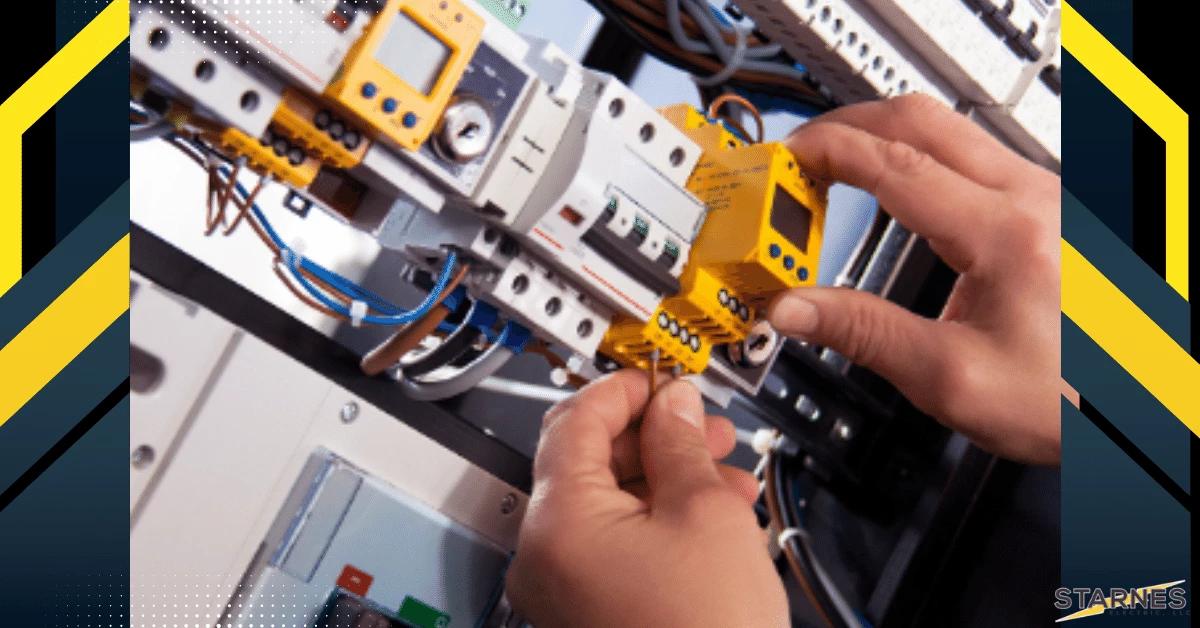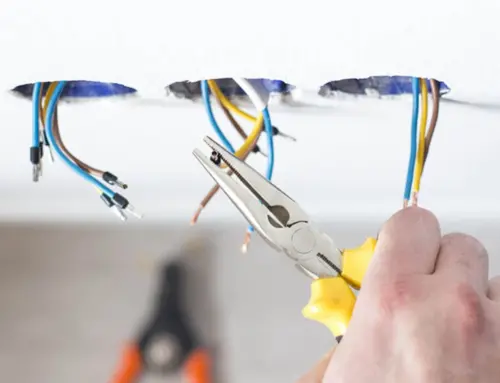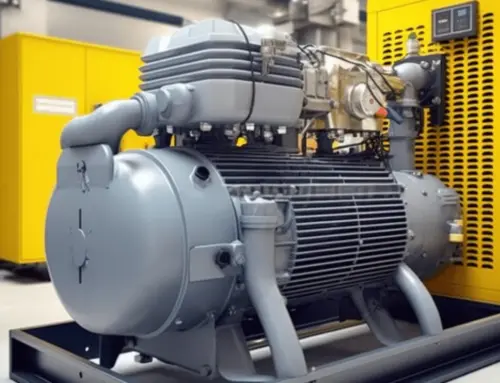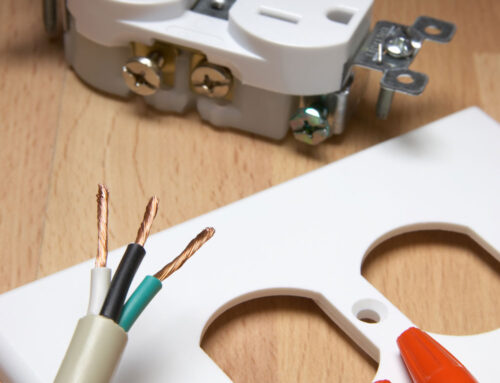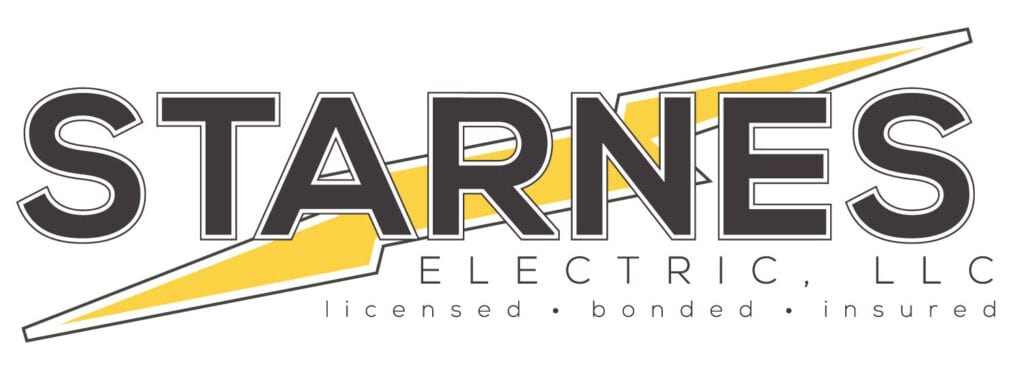When the power goes out in a commercial space, the consequences go far beyond inconvenience. Electrical downtime can lead to lost productivity, missed deadlines, and unhappy clients—issues that directly impact your bottom line. Whether it’s a momentary glitch or a prolonged outage, the ripple effects can disrupt daily operations and create unexpected financial strain. From stalled machinery to idle employees, every minute without electricity adds up in costs.
This article breaks down the true financial implications of electrical downtime and explores why addressing these risks proactively is essential for protecting your business. By understanding the potential impact, you can make informed decisions about upgrading systems, investing in preventive maintenance, or implementing backup solutions. Let’s take a closer look at the hidden costs and what you can do to keep your operations running smoothly, no matter what.
How Does Electrical Downtime Affect Revenue in Commercial Spaces?
Electrical downtime directly affects the bottom line for businesses, and its impact can vary depending on the industry. Here are some specific ways downtime affects revenue:
- Production Halt: For industries like manufacturing, even a short downtime can cause a significant production delay. Equipment shutdowns lead to lost time and lower output, directly impacting revenue.
- Lost Sales Opportunities: Retail stores and online businesses rely heavily on electrical power for transaction systems, digital displays, and online order processing. Downtime can result in missed sales, cart abandonment, and frustrated customers who may turn to competitors.
- Employee Productivity: In most commercial spaces, employees require electricity to complete tasks. Without power, productivity drops, leading to delays, unmet deadlines, and potential overtime costs for catching up.
- Customer Dissatisfaction: Businesses with customer-facing environments (like restaurants, retail stores, and service centers) can see an immediate impact on customer satisfaction when power is down. This can result in lost customers and potentially damage the business’s reputation.
- Perishable Inventory Loss: In industries like food service and pharmaceuticals, a power outage can lead to spoilage of inventory, resulting in product loss and additional replacement costs.
What Are the Common Causes of Electrical Downtime in Businesses?
Identifying the common causes of electrical downtime can help businesses anticipate and prevent potential disruptions. Here are some frequent culprits:
- Aging Infrastructure: Older buildings often have outdated electrical systems that may not meet modern demands. Aging wires, outdated breakers, and insufficient capacity can lead to frequent outages.
- Weather-Related Issues: Severe weather conditions like storms, floods, and extreme heat can cause power outages, especially if the business’s electrical grid isn’t equipped to handle such stressors.
- Overloaded Circuits: Many businesses face the risk of overloaded circuits due to increased electrical demands. Overuse can trip circuits or damage equipment, causing temporary downtime.
- Equipment Malfunction: Faulty equipment, from servers to HVAC units, can trigger electrical issues that impact the whole facility. Regular maintenance is essential to reduce the likelihood of equipment-related outages.
- Human Error: Mistakes such as incorrect wiring during renovations or accidentally unplugging essential systems can also lead to electrical downtime. Human error is one of the easiest causes to prevent through staff training and awareness.
- Utility Provider Issues: Problems with the local utility provider’s infrastructure, such as transformer failures or planned maintenance, can result in downtime that’s beyond a business’s control.
How Can Businesses Calculate the Cost of Electrical Downtime?
Understanding the cost of downtime is essential for planning and allocating resources effectively. Here’s a step-by-step guide to calculating the financial impact of downtime on your business:
- Calculate Revenue Loss Per Hour:
- Identify your business’s average hourly revenue. For example, if a retail store makes $2,000 in sales per hour, this would be your baseline.
- Factor in Employee Productivity Loss:
- Determine the number of employees affected and their average hourly wage. Multiply by the number of hours affected by downtime.
- For example, if 10 employees are paid $20/hour and were idle for two hours, the productivity loss is $400.
- Add Lost Production Costs (if applicable):
- For businesses in manufacturing, consider the lost production output. If a production line produces 100 units per hour and each unit is worth $10, two hours of downtime means a $2,000 production loss.
- Include Potential Penalties or Contractual Impacts:
- Some businesses have contractual obligations for timely delivery. Downtime could lead to penalties, fines, or breach-of-contract fees.
- Calculate Inventory Loss (if relevant):
- For food services or other industries with perishable goods, calculate the cost of any inventory spoiled or lost during the downtime.
- Sum Total Cost:
- Add up all relevant losses to get the total financial impact of the downtime.
What Strategies Help Minimize Financial Losses from Electrical Downtime in Commercial Environments?
Proactive planning and protective measures can significantly reduce the financial blow from unexpected electrical downtime. Here are some strategies that businesses can implement:
1. Invest in Backup Power Solutions
- Generators: Installing backup generators can keep essential systems operational during an outage, minimizing disruption and protecting revenue.
- Uninterruptible Power Supply (UPS): For businesses that rely on sensitive electronics, a UPS can provide short-term power during outages, allowing equipment to shut down safely or maintain crucial functions until power returns.
2. Regular Electrical Maintenance
- Conduct routine inspections of your electrical infrastructure to identify and address wear and tear before it causes issues.
- Schedule preventative maintenance on key systems (e.g., HVAC, machinery, and lighting) to ensure they operate smoothly and efficiently.
3. Upgrade Electrical Infrastructure
- Upgrading wiring, circuit breakers, and other components can prevent overloads and reduce the risk of failure.
- Businesses in older buildings, especially, should consider modernizing their electrical systems to handle current operational demands safely.
4. Train Staff on Power Management and Emergency Protocols
- Educate employees on how to safely operate electrical systems and respond to outages. This can reduce downtime caused by human error.
- Establish clear protocols for who to contact and what steps to take during an outage to ensure a quick, organized response.
5. Invest in Remote Monitoring Systems
- Remote monitoring allows facility managers to oversee power usage and equipment health in real time. This can prevent issues from escalating and help detect potential failures before they cause an outage.
6. Develop a Downtime Mitigation Plan
- Outline the roles and responsibilities of each team member during a power failure. This plan should include steps for safe shutdowns, notifications, and quick recovery strategies.
- Consider a business continuity plan for prolonged outages, including alternative ways to operate or serve customers if power issues persist.
7. Collaborate with an Electrical Specialist for a Comprehensive Risk Assessment
- Partnering with a commercial electrician can help you identify specific vulnerabilities in your business’s electrical setup. An expert assessment can guide you in making targeted improvements and prevent potential hazards.
Final Thoughts
Understanding the financial impact of electrical downtime and implementing preventative strategies can save businesses from significant revenue losses. By proactively assessing risks, investing in reliable backup power, and training staff on emergency protocols, companies can mitigate the negative effects of electrical interruptions. In an increasingly electrified world, taking these steps is essential to protect your business’s profitability and reputation.
Why Starnes Electric LLC is the Best Choice for Your Electrical Needs
At Starnes Electric LLC, we prioritize safety, reliability, and efficiency in every project we undertake. With years of experience in commercial electrical services, our team is equipped to handle a range of electrical challenges, from routine maintenance to emergency troubleshooting and system upgrades. Our technicians are licensed, certified, and continuously trained in the latest industry standards to ensure we deliver only the highest quality work.
What sets us apart is our commitment to minimizing your business’s downtime. We understand the financial impact of electrical issues, and we work with urgency and precision to get your operations back on track. Additionally, we offer customized solutions, like tailored maintenance plans and remote monitoring options, to prevent future issues and keep your electrical systems running smoothly. When you partner with Starnes Electric LLC, you’re choosing a trusted, experienced team dedicated to your business’s success.
Take Control of Your Electrical Systems Today!
Don’t let electrical downtime impact your business’s success. Trust the experts at Starnes Electric LLC to keep your operations running smoothly and efficiently. Contact us today to schedule a consultation or maintenance service, and discover why businesses rely on us for all their electrical needs. Call now to get started!

